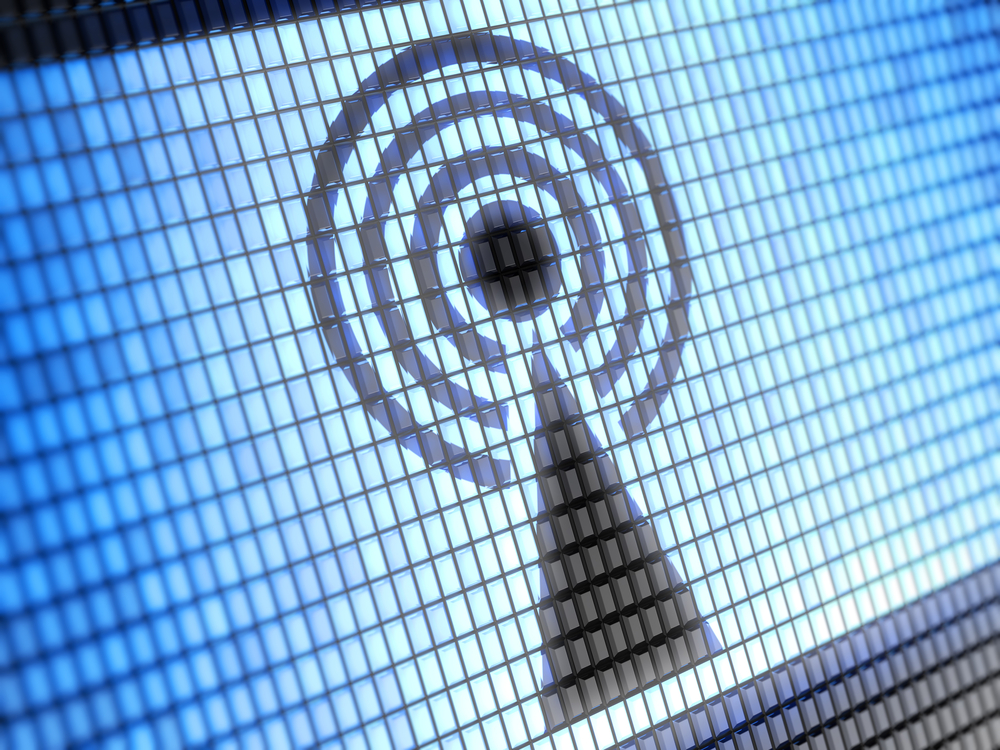The Institute of Electrical and Electronics Engineers (IEEE) is the world’s foremost professional association for technology workers and a significant voice in matters of technological standards. IEEE recently celebrated the 25th anniversary of the publishing of IEEE 802.11™1, the de facto standard for WiFi products. The global impact of IEEE 802.11 has been enormous; wireless products ranging from video game consoles to mobile phones to smart tvs all use the standard, and new and innovative products are added to its footprint all the time.
The journey to this level of adoption did not occur overnight, certainly. In the late 1980’s, the Federal Communications Commission (FCC) opened up the 2.2.4-2.5 GHz radio spectrum for individual and non-licensed use. The IEEE was quick to recognize that there was a need for standardized models of wireless communication that would utilize the open spectrum in a way that would be of greatest benefit to the buyers and manufacturers of wireless technology. By June 1997, the IEEE had their first approved model of IEEE 802.11 and it was adopted widely.
Since the very first working version of 802.11, the IEEE has not stopped working to bring new and improved functionality to the standard. Additional features that are currently in development include precise indoor location, faster connection setup, much higher data rates and utilization of the 900 MHz unlicensed band. Furthermore, the IEEE has a 802.11 working group that is focusing on ways to make improvements in areas of addressing efficiency, quality of service guarantees, and special regional extensions for China and Japan to meet their regulatory requirements for short-range radio equipment.
“The many people who have worked on the IEEE 802.11 standard have forever changed our world,” said Konstantinos Karachalios, managing director, IEEE Standards Association (IEEE-SA). “As one of the more popular and universally known IEEE standards, IEEE 802.11 already enhances ways of life around the world; for the new generations, home will virtually be where there is good wireless Internet connectivity. Thus, IEEE 802.11’s role is exploding, also with the proliferation of application innovations such as the IoT. The high quality and broad commercial acceptance of the standard is a testament to the dedication, innovation and vision of the IEEE 802.11 working group’s members.”
Adrian Stephens, the chair of the IEEE 802.11 Wireless LAN Working Group also had this to say: “The IEEE 802.11 standard underpins widely deployed and dependable connectivity that dramatically influences our everyday lives and will continue to do so well into the future. IEEE 802.11 continues to push the boundaries of innovation two and a half decades after its inception. Devices using the standard are so interoperable and ubiquitous that we’re continuously seeing new and creative ways wireless devices connect to the Internet.”

